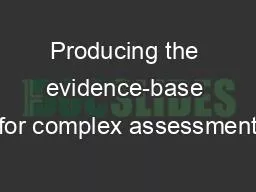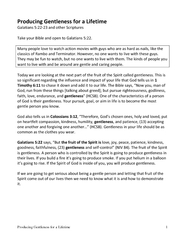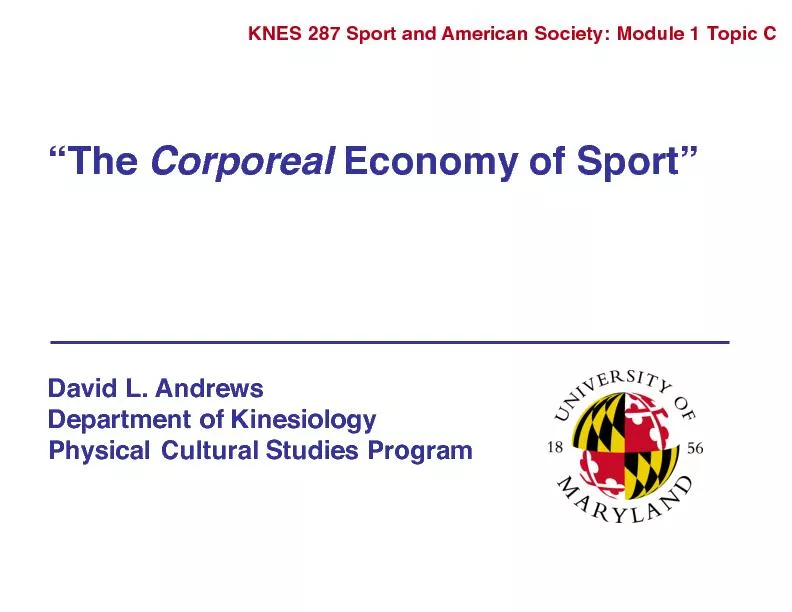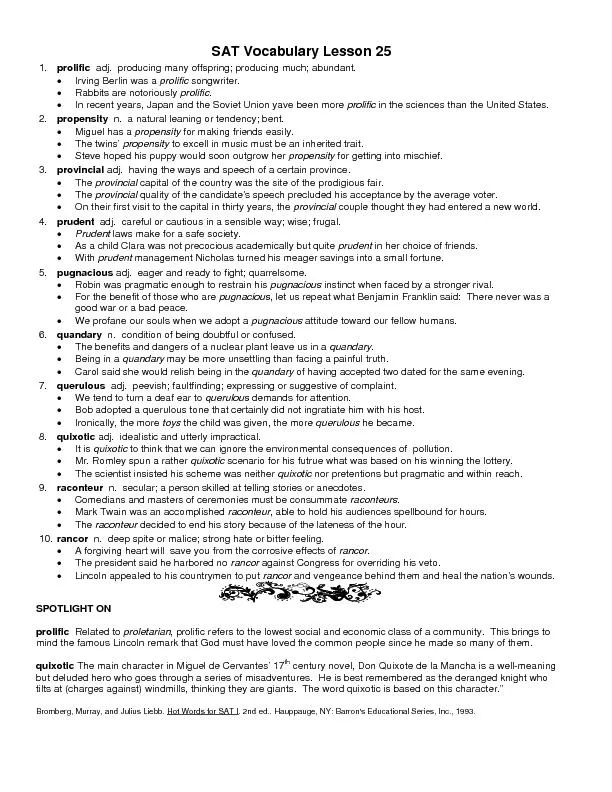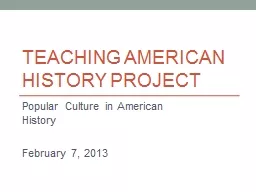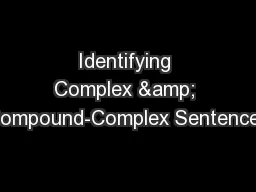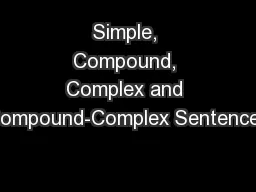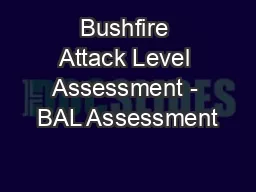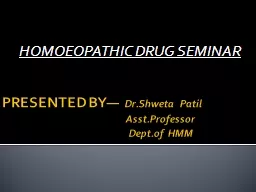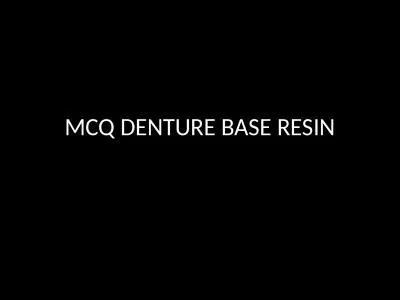PPT-Producing the evidence-base for complex assessment
Author : jideborn | Published Date : 2020-07-03
Sheenagh Orchard Registered member of National Back Exchange RGN RNT CertEd DNLondon 06062014 SROHSP Meeting complex need Patients and Clients are presenting with
Presentation Embed Code
Download Presentation
Download Presentation The PPT/PDF document "Producing the evidence-base for complex ..." is the property of its rightful owner. Permission is granted to download and print the materials on this website for personal, non-commercial use only, and to display it on your personal computer provided you do not modify the materials and that you retain all copyright notices contained in the materials. By downloading content from our website, you accept the terms of this agreement.
Producing the evidence-base for complex assessment: Transcript
Download Rules Of Document
"Producing the evidence-base for complex assessment"The content belongs to its owner. You may download and print it for personal use, without modification, and keep all copyright notices. By downloading, you agree to these terms.
Related Documents

